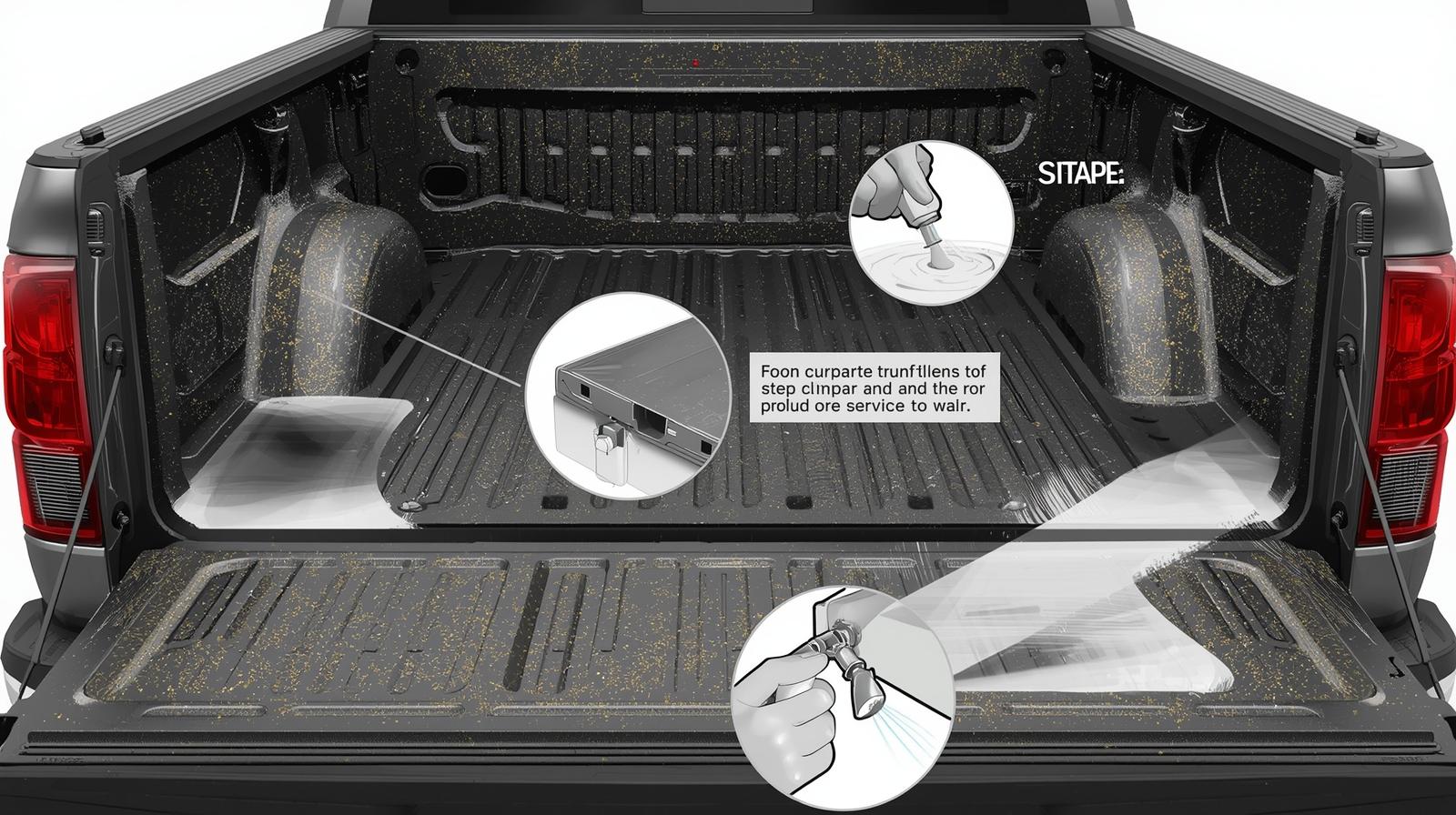Many small and mid-sized manufacturers in the US lose sales because their websites resemble generic brochures rather than technical sales tools. You may be juggling tight teams and long lead times while prospects click away because specs are hard to find, forms are buried, or pages load slowly. That gap costs time, leads, and measurable revenue.
The solution is a focused approach to website design for manufacturing companies, treating your site as a sales channel engineered for buyers who want quick access to technical details, trust signals, and clear next steps.
In this blog, we’ll show why an industry-specific site matters, list the exact features manufacturing buyers expect, explain the SEO and content moves that win organic traffic, and give a short checklist you can use to pick a partner or scope a redesign.
Why Industry-Specific Design Matters
A manufacturing buyer behaves differently from a retail shopper. They require data sheets, CAD files, performance specifications, compliance information, and case studies upfront. If your pages treat product info like generic marketing copy, you lose authority and time-to-decision. Designing with your industry in mind helps you align with buyer intent and shorten the sales cycle.
Tailored design increases qualified leads because visitors find what they need more quickly and can take action (contact, request a quote, or download CAD). Many modern manufacturers’ website showcases these benefits by combining clear product pages, spec downloads, and lead forms.
Key Design Elements Manufacturing Sites Need
Start with this list when planning a site. Each item below addresses a common buyer requirement and helps with organic visibility.
- Product pages designed for technical search include searchable SKUs, specifications, materials, tolerances, and version history.
- Downloadable assets including CAD files, data sheets, safety and compliance certificates, and BOM exports.
- Case studies and project pages include real metrics, photos, and client names to build trust.
- Clear contact paths, including RFQ request forms, distributor locators, and phone call CTAs, should be visible on every product page.
- Fast load times and image optimization are common, so use compressed images and lazy loading.
- Mobile-friendly templates are essential because many spec lookups happen on phones in the field; mobile-first design is key for indexing and user experience.
- Structured data, including product schema, FAQ schema, and local business schema, helps search engines deliver richer results.
- Search and filtering on the site enable visitors to filter by spec, industry, certification, or application.
- Security and compliance signals include SSL, privacy page, and industry-specific certificates displayed where appropriate.
- Accessible analytics and conversion tracking monitor RFQs, downloads, and quote requests as conversion events.
These features together create a site that speaks the buyer’s language, reduces friction, and supports measurable lead generation. Integrate these elements into the wireframe and content plan to convert visits into opportunities.
SEO and Content Strategy
Your organic performance depends on matching the language buyers use in research. Begin with a keyword set that encompasses technical terms, application phrases, and local intent for target markets. Content types that drive results for manufacturers include detailed product pages, comparison pages, application guides, and long-form case studies. HubSpot data shows blog content remains a core format for marketers and supports organic growth when tied to strong on-site product content.
Technical SEO basics that matter here:
- Mobile-first indexing means the mobile version is used for ranking; keep parity between mobile and desktop content.
- Fast server response, compressed assets, and good hosting for global delivery.
- Canonical tags for product variants and careful URL structure to avoid duplicate content.
- Internal linking from blog/application pages to product pages to pass topical authority.
- Intent-led content: “material X for Y application” pages that align with procurement search queries.
A manufacturing-focused content plan reduces wasted traffic by attracting visitors who are close to making a purchase or specifying a product. Add regular updates on new case studies, product updates, and specification revisions so search engines see fresh, authoritative content.
How Design Choices Affect Buyer Trust and Conversion
Buyers evaluate credibility quickly. Design choices that increase trust and simplify decision-making include visible data sheets, real project metrics, clear warranty information, and named client logos or testimonials. Also, show the complete buying steps, sample timelines, lead times, and small-print logistics so procurement can incorporate integration into their processes.
Place a “Request a Quote” or “Download CAD” CTA near the top of every product detail page and repeat it after technical content. Use short, specific forms that capture the data procurement teams need. A focused approach like this lowers barriers and increases conversion rates from technical visitors.
Quick Checklist to Evaluate
Use this checklist when talking to agencies or internal teams:
- Do they show manufacturing examples and measurable results? (case studies, screenshots, metrics).
- Can they deliver product pages with structured data and spec downloads?
- Will they handle SEO basics: mobile-first, site speed, canonicalization, and schema?
- Do they offer content work that targets industry keywords and application pages?
- Is there a clear plan for analytics and ROI reporting (leads, downloads, RFQs)?
- Do they provide a migration plan that preserves existing SEO value and redirects old product URLs?
Pick a partner who treats your site as a sales tool, not a brochure.
Conclusion
A manufacturing-specific website design aligns technical content, SEO, and conversion paths with how your buyers search and make decisions. Look at proven examples and patterns used by modern manufacturing sites for inspiration and scope your project around clear conversion metrics, such as RFQs, CAD downloads, and direct contacts.
The combination of industry-aware design and a targeted SEO/content plan produces measurable organic growth for small and mid-sized manufacturers.





